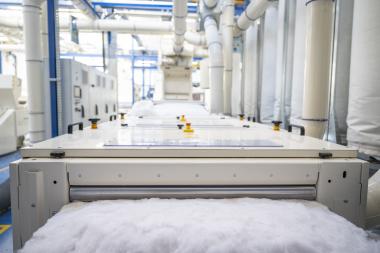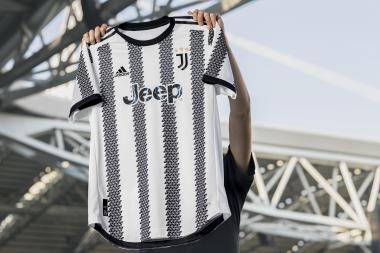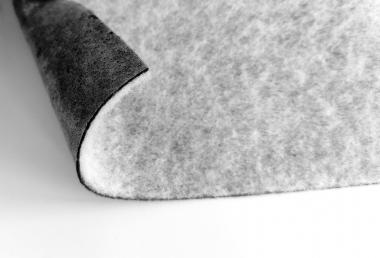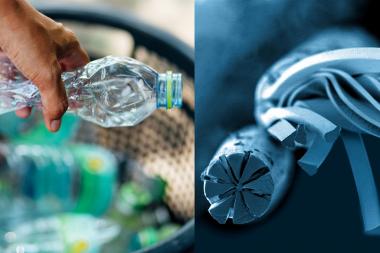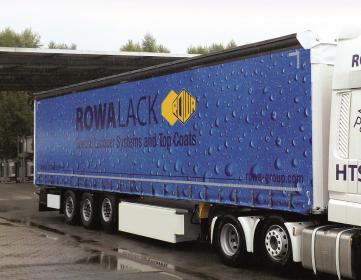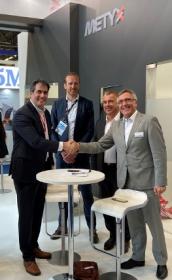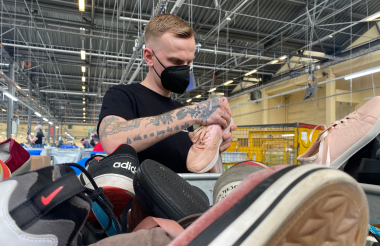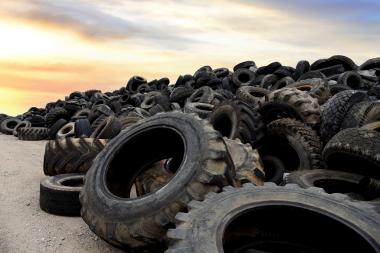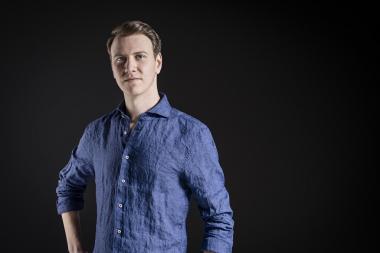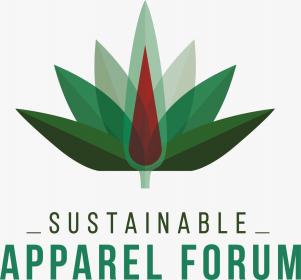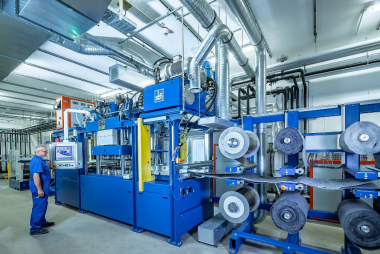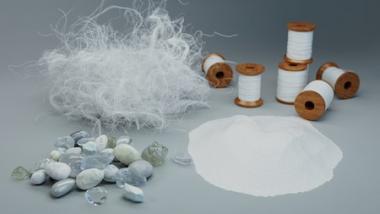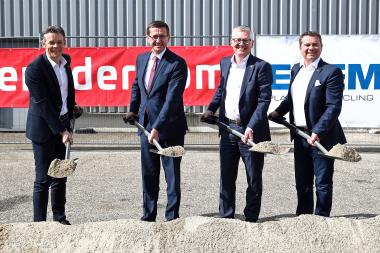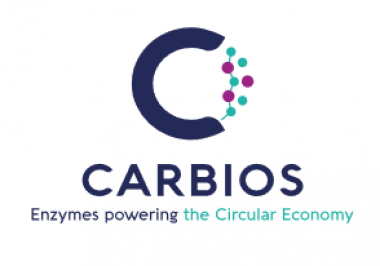SOEX: Sortierstation mit Materialerkennung für Faser-zu-Faser-Recycling
SOEX hat eine Infrarot-Sortierstation mit Material- und Farberkennung im Werk in Wolfen in Betrieb genommen. Durch das exakte Sortieren nach Materialien will SOEX weiterhin einen Schwerpunkt auf das Sortieren für Recycling setzen und die Recyclingquote gemeinsam mit der Modebranche erhöhen.
Eine künstliche Intelligenz erkennt die einzelnen Kleidungsstücke und kann sie nach Materialien oder Farben sortieren, um sie für das chemische Recycling vorzusortieren. Mittels dieser Technologie können Materialien genauer als zuvor bestimmt werden, sodass die sortierte Kleidung recycelt und wieder zu Garn verarbeitet werden kann.
Diese Art der vollautomatischen exakten Sortierung sei bisher noch keinem geglückt, so SOEX-Geschäftsführer Walter J. Thomsen. Mittels der automatischen Sortierstation kann SOEX die Sortierung an alle kundenspezifischen Anfragen der Recycler anpassen, die meist Recyclingverfahren für bestimmte Materialien oder Materialzusammensetzungen entwickelt haben. 1.600 Teile schafft die Sortierstation pro Stunde, das sind ca. 600 kg Kleidung.
Aktuell werden noch weniger als 1 Prozent aller Kleidungsstücke weltweit zu neuer Kleidung recycelt. Für das Faser-zu-Faser-Recycling müssen die Textilien sehr genau sortiert werden, nur so kann aus den aussortierten Kleidern wieder neue Mode entstehen. Denn unterschiedliche Fasern erfordern unterschiedliche Recyclingverfahren. Die Sortierung nach Materialien stellte die Branche bisher vor besondere Herausforderungen.
„Wir haben viele großartige Kollegen, die sehen und fühlen können, aus welchem Material die Kleidung besteht, die sie sortieren. Aber nicht zu 100 Prozent“, sagt Thomsen. Die Pflegeetiketten mit Angaben über die Materialzusammensetzung sind meist ungenau: 15 Prozent unbekannte Fasern dürfen angegeben werden und erst bei einem Anteil von 5 Prozent müssen die Materialien auf dem Etikett stehen. Häufig sind sie ausgewaschen oder abgeschnitten, all das erschwert die Arbeit der Sortierer im Werk, die nun durch die neue Sortierstation erleichtert werden soll.
78 Materialien und Materialkombinationen können von der KI erkannt werden. Die Messgenauigkeit liegt bei über 95 Prozent. Die Materialauswahl kann daher aus einer komplexen Anzahl verschiedener Mischungen bestehen – bisher gab es noch keine skalierbaren Technologien, mit denen sich diese erkennen und für das Recycling sortieren lassen. Das soll sich nun durch die neue Infrarot-Sortierstation im SOEX Werk ändern. Bis Ende des Jahres soll die Maschinenleistung verdoppelt werden, so könnten pro Stunde 3.000 Kleidungsstücke nach 15 Kriterien sortiert werden. Erste Gespräche mit internationalen Bekleidungsherstellern, die die Sortierstation in Wolfen nutzen wollen, finden bereits statt.
Soex







